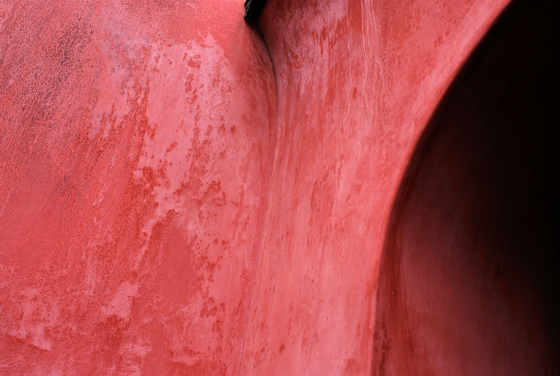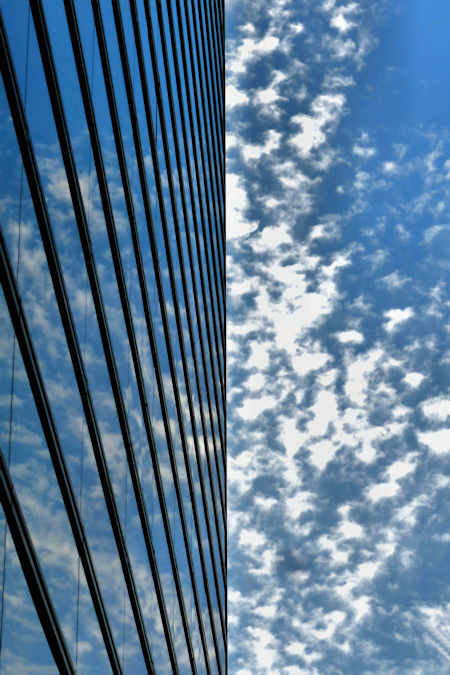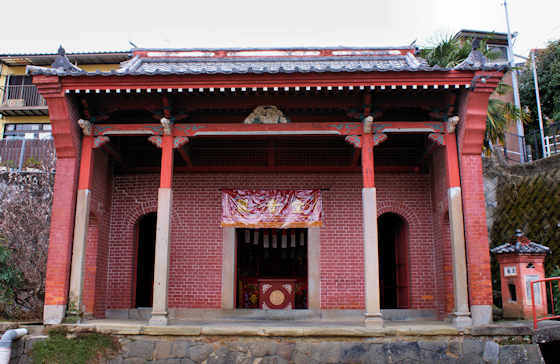Monday, August 28, 2023
Tomogaura World Heritage Site
Labels:
iwami ginzan,
japan sea coast,
Japan Sea Walk,
world heritage
Sunday, August 27, 2023
Sofukuji Temple Ryugumon
The previous post was on one of the Chinese shrines, Tenkodo, in the old Chinese district of Tojin Yashiki.
Saturday, August 26, 2023
Hagio Amida-do Temple 47 Sasaguri Pilgrimage
The previous post in this series on the Sasaguri Pilgrimage was Tenno-in temple 36.
Thursday, August 24, 2023
Fukken Hall Tenkodo Shrine
Labels:
kyushu108,
mazu,
nagasaki,
tojin yashiki
Wednesday, August 23, 2023
Umeda Architecture Snapshots
The previous post in this series on the Kinki Fudo Myo Pilgrimage was Settsu Kokubunji Temple.
Labels:
Architecture,
kinkifudo,
nikken sekkei,
Osaka,
umeda
Tuesday, August 22, 2023
Kannondo Shrine Tojin Yashiki
Guanyin also became a popular deity among various branches of Chinese folk religions. Enshrined alongside Guanyin here is also Guanyu, a popular deity associated with business prosperity and also enshrined in the nearby Tenkodo Shrine.
Labels:
kannon,
kyushu108,
nagasaki,
tojin yashiki
Sunday, August 20, 2023
Minakata Kumagusu Residence
In the previous post on the memorial museum, I wrote a little about him, but in this post I want to concentrate on the topic that made him famous, the shrine closure program of the government that began around 1910.
The shrine closure program only ran for a few years, and some areas resisted it quite strongly, but somewhere between 35 and 45 percent of all shrines throughout Japan were closed down. These were all local, nature-based deities that were moved, often quite some distance, to a "national" shrine.
Labels:
kumano kodo,
minakata kumagusu,
Museum,
saigoku,
tanabe
Wednesday, August 16, 2023
Tenkodo Shrine Tojin Yashiki
The shrine, along with the many of the other buildings, burned down in the great fire of 1784 and was rebuilt in 1790. The current building dates to 1906.
When the Chinese ships left China they carried a statue of the goddess Mazu, and when arriving in Nagasaki the statue would be brought into the Tenko-do, a ritual recreated each year during Nagasaki's Lantern Festival.
Subscribe to:
Posts (Atom)


































































